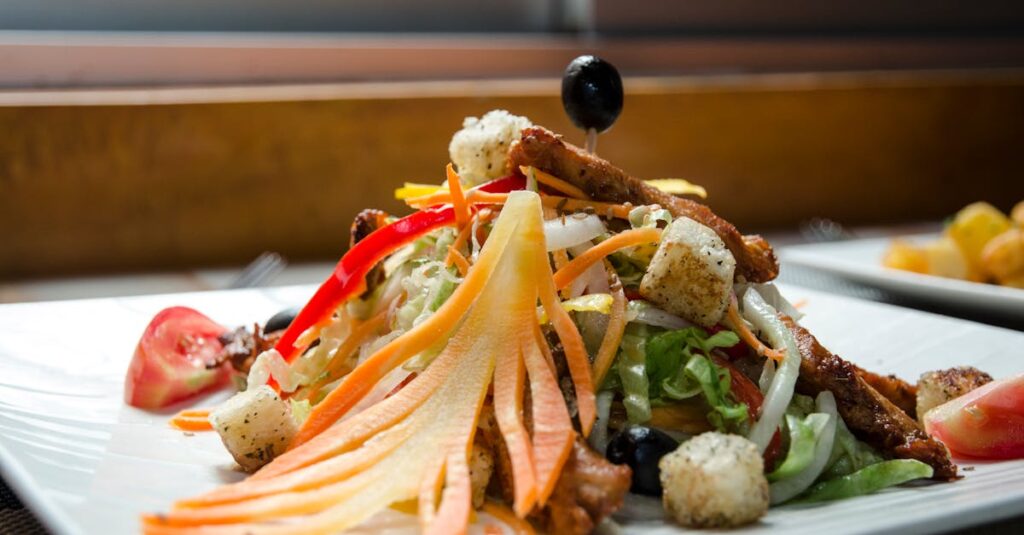Why Introduce Kids to Diverse Cuisines?
Introducing diverse cuisines to kids isn’t just about food, it’s about cultural education. It broadens their palates and perspectives. Understanding new flavors teaches kids about diversity and traditions from around the world. Besides, getting kids comfortable with various foods early on helps in the long run as they become open-minded adults. It’s not just about trying new tastes, but about story-telling, curiosity, and shared family experiences.
Starting Small: Baby Steps to Exotic Eats
Starting with familiar ingredients in a new cuisine can make the transition smoother. For instance, if your child loves chicken, introduce them to chicken tikka. It’s chicken but with an Indian twist. Incorporating such baby steps makes the new dishes less intimidating. Gradually, as kids start to enjoy their meals, you can add more complex elements. Keep it relaxed, no pressure, and always celebrate their curiosity.
Remember: It’s all about the journey towards expanding taste buds and enjoying new culinary experiences!
Fun Food Adventures: Making It Exciting
Transform mealtime into an adventure by exploring different cuisines together. Make it a game, and let them guess the ingredients or the origin of the dish. Turn your dining area into a mini restaurant, complete with themed decorations and music from the cuisine’s country. Adding some fun and games can turn trying new food into a positive experience rather than a chore. Remember, laughter and excitement are the best side dishes!
Let’s make your mealtime more exciting by infusing some fun elements into your dining experience. Exploring new cuisines and dishes together can create lasting memories and strengthen your bond over food.
Balancing the Familiar with the New
Introducing new cuisines doesn’t mean forsaking comfort foods. You can blend the familiar with the exotic by serving a new dish alongside their favorite meal. Gradually, as they develop a taste for the new food, you can increase its portion.
Balancing the familiar with the new ensures that kids feel secure and are more willing to take culinary risks. It’s all about creating a harmonious food experience that feels safe yet adventurous.
Handling Picky Eaters with Patience
Picky eaters can be a challenge, but patience and persistence are key. Presenting food in an appealing way can make a significant difference. Use fun shapes and vibrant colors to draw their interest. Share stories about the dish – how people in other countries enjoy it, or funny anecdotes. Make it a non-stressful part of their day and never force them to eat something they really don’t want to. They’ll come around in their own time.
Involving Kids in the Cooking Process
Get kids involved in the kitchen! Letting them help with age-appropriate tasks makes them feel part of the process. Whether it’s stirring the pot or setting the table, their involvement increases their interest in the meal. It can also be a valuable educational experience. They’re more likely to try and appreciate foods they’ve helped prepare. Plus, it’s a fantastic bonding opportunity that can spark conversations about different cultures.
Creating Lasting Memories and Traditions
Making new cuisines a regular part of your family’s life creates wonderful memories and traditions. Celebrate international festivals with themed dinners or start a weekly “World Cuisine Night”. These activities not only broaden your kids’ culinary horizons but also strengthen family bonds. Sharing meals becomes a way to explore the world together. The memories you make over these meals will stay with your kids for a lifetime.
Share the world through flavors and create a legacy of togetherness through diverse cuisines. Embrace the joy of cooking and tasting different foods with your loved ones, building a treasure trove of memories that will be cherished for years to come.

